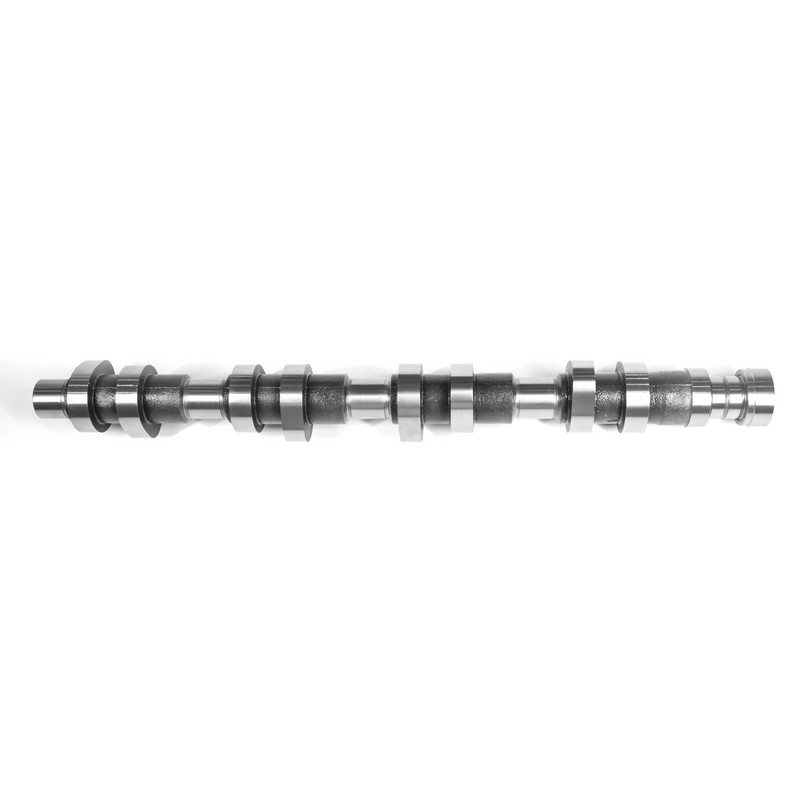Nodular cast iron, also known as ductile iron, has become the material of choice for many camshaft applications due to its unique combination of strength and durability. The nodular cast iron camshaft durability stems from the material's graphite microstructure, where the carbon forms into spherical nodules rather than flakes as in gray iron. This structural difference provides several advantages:
When evaluating nodular cast iron camshaft durability, it's helpful to compare with alternative materials:
| Material | Tensile Strength | Fatigue Limit | Cost Factor | Machinability |
|---|---|---|---|---|
| Nodular Cast Iron | 60-120 ksi | 25-45 ksi | 1.0x | Excellent |
| Forged Steel | 90-180 ksi | 40-70 ksi | 2.5-3.5x | Good |
| Chilled Cast Iron | 40-80 ksi | 20-35 ksi | 0.8x | Fair |
| Billet Steel | 100-200 ksi | 50-80 ksi | 4.0-5.0x | Poor |

The advantages of nodular iron camshaft over steel become particularly apparent when considering manufacturing economics. While steel camshafts offer higher ultimate strength, nodular iron provides sufficient performance for most applications at a fraction of the cost. The casting process allows for:
Another significant area where advantages of nodular iron camshaft over steel become evident is in thermal management and vibration damping. Nodular iron has about 25% better thermal conductivity than most camshaft steels, which helps in:
Proper nodular cast iron camshaft heat treatment is crucial for achieving optimal performance characteristics. The most frequently used processes include:
The nodular cast iron camshaft heat treatment significantly alters the material's properties. Below shows typical property changes:
| Treatment | Hardness (HRC) | Case Depth | Core Toughness | Wear Resistance |
|---|---|---|---|---|
| As-Cast | 20-25 | N/A | Excellent | Fair |
| Austempered | 35-45 | Full section | Good | Excellent |
| Induction Hardened | 50-60 | 2-6mm | Excellent | Excellent |
| Flame Hardened | 45-55 | 1.5-4mm | Excellent | Good |
Effective nodular iron camshaft machining techniques must account for the material's unique characteristics. While nodular iron machines more easily than steel, certain considerations apply:
The sequence of operations in nodular iron camshaft machining techniques typically follows this pattern:
When considering nodular cast iron vs forged steel camshaft lifespan, fatigue resistance is a critical factor. While steel generally has higher fatigue limits, proper design can make nodular iron camshafts competitive:
The practical nodular cast iron vs forged steel camshaft lifespan comparison must account for operational conditions:
| Factor | Nodular Cast Iron | Forged Steel |
|---|---|---|
| Lubrication Requirements | Standard | Standard |
| Corrosion Resistance | Good (with proper treatment) | Excellent |
| Impact Resistance | Good | Excellent |
| Wear Characteristics | Excellent (when hardened) | Excellent |
| Temperature Sensitivity | Moderate | Low |